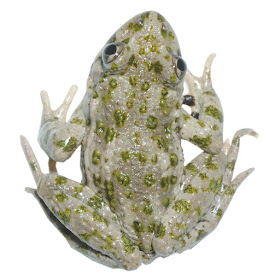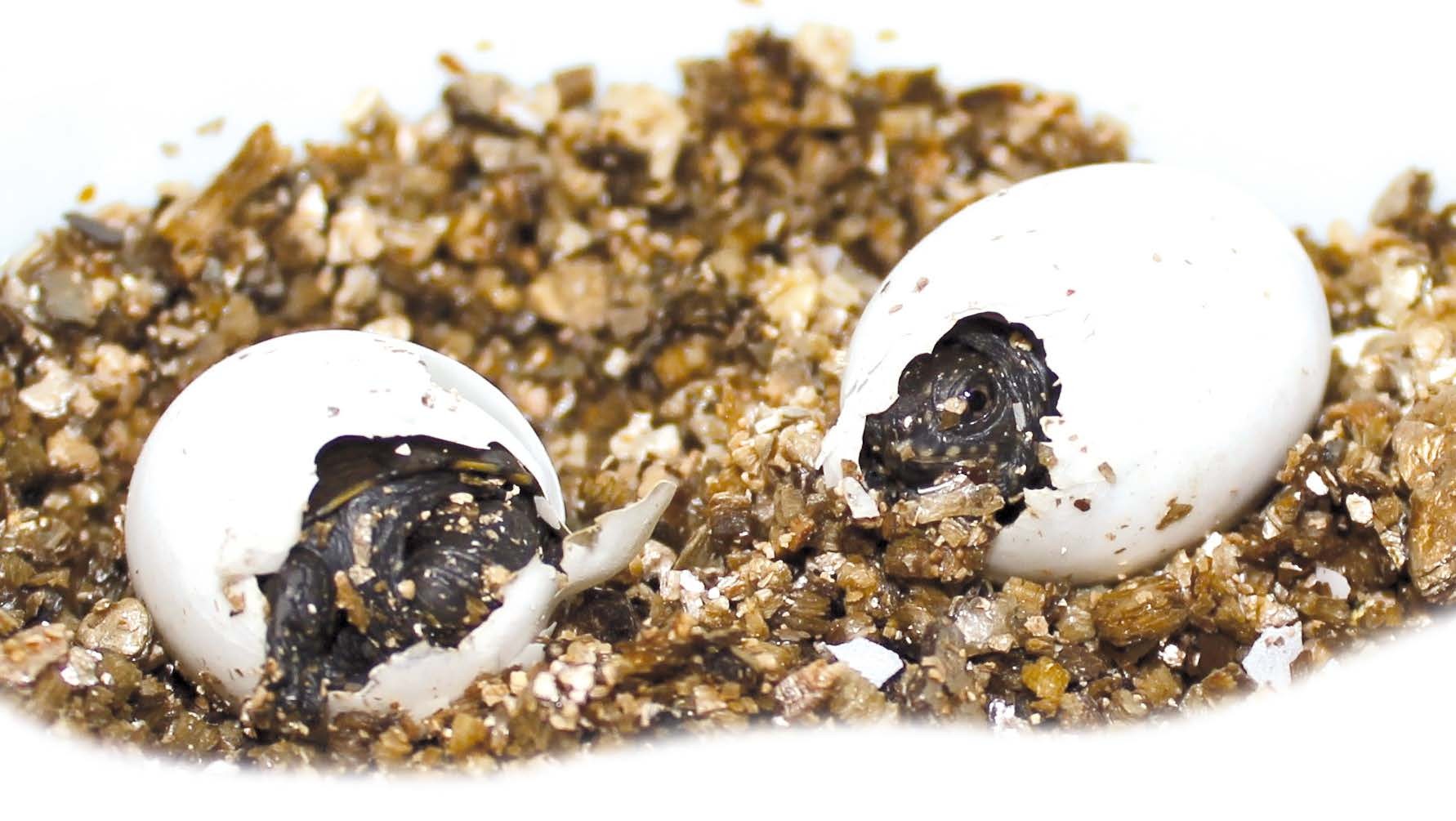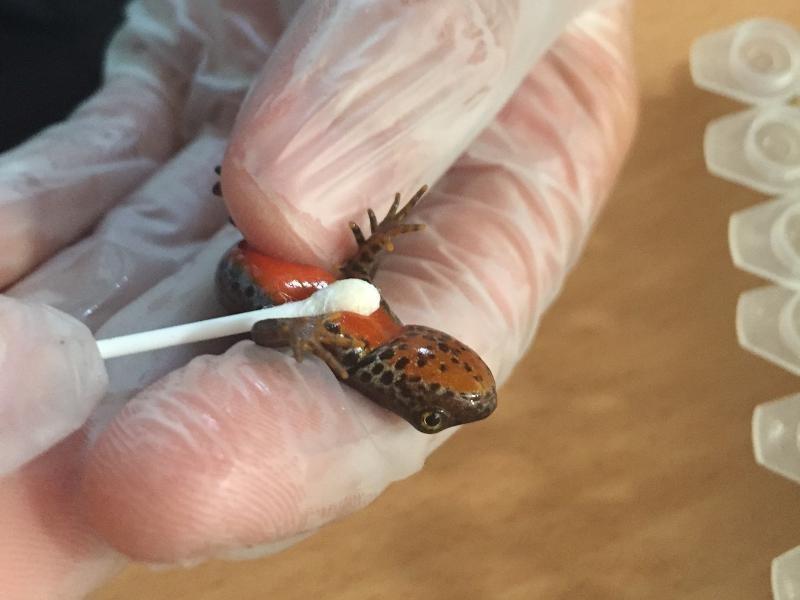Díaz-Rodríguez, Jesús, Marcelo Gehara, Roberto Márquez, Miguel Vences, Helena Gonçalves, Fernando Sequeira, Iñigo Martínez-Solano & Miguel Tejedo. 2017. Integration of Molecular, Bioacoustical and Morphological Data Reveals Two New Cryptic Species of Pelodytes (Anura, Pelodytidae) from the Iberian Peninsula. Zootaxa. 4243(1); 1–41. DOI: 10.11646/zootaxa.4243.1.1. Based on concordance between mitochondrial and nuclear markers, we conclude that four species of Parsley frogs occur in Western Europe: Pelodytes punctatus, distributed from northern Italy to northeastern Spain; Pelodytes ibericus, inhabiting southern Spain and southern Portugal; Pelodytes atlanticus sp. nov., from the Portuguese Atlantic coast; and Pelodytes hespericus sp. nov., occurring in central and eastern Spain. Leer más.














